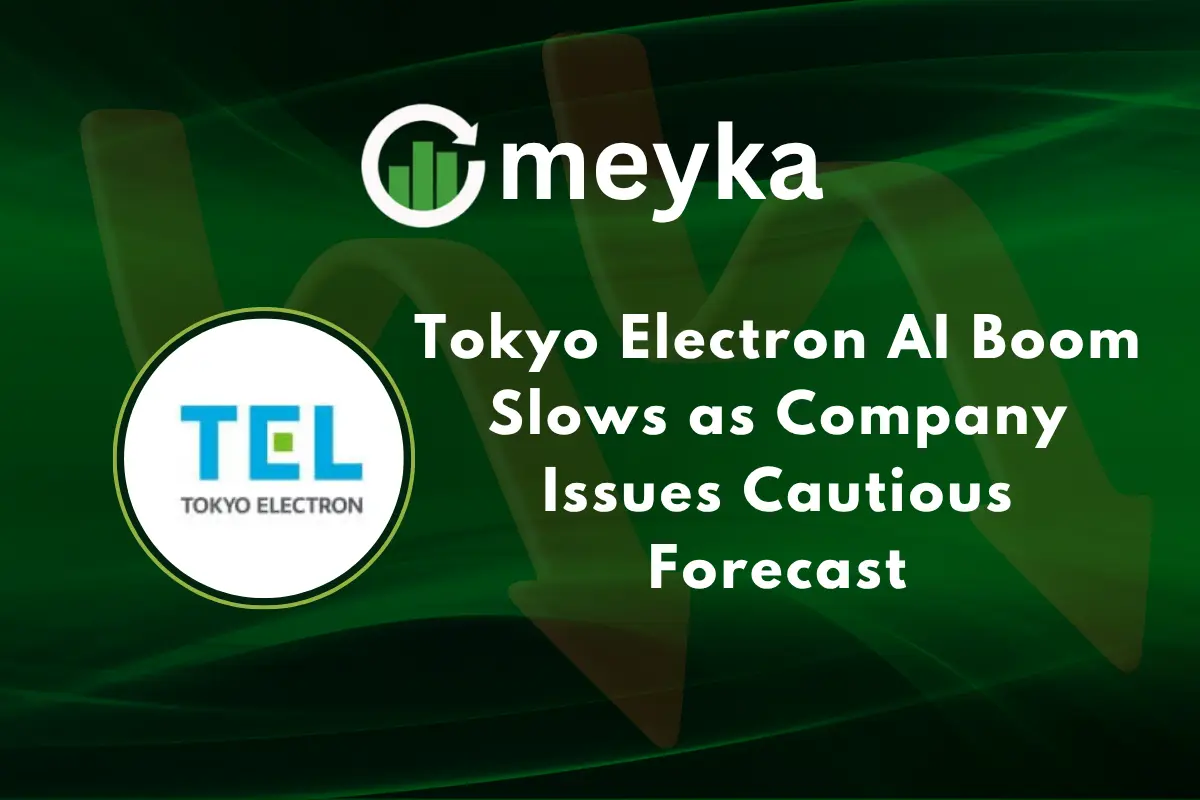Tokyo Electron AI Boom Slows as Company Issues Cautious Forecast
On October 31, 2025, Japan’s semiconductor-equipment maker Tokyo Electron Limited surprised investors by issuing a cautious outlook. After riding a steep wave of demand for artificial-intelligence chips and data-center gear, the company now signals that growth could slow. Just a year ago, the world was scrambling to build out AI-driven infrastructure and chips. Many believed the boom would last without pause. Tokyo Electron enjoyed that surge.
But now it sees demand softening and budget plans being delayed. The shift matters because the firm is a key supplier to major chip factories worldwide. Its forecast sends ripples across the semiconductor industry. This change is not a failure, but a signal that the high-speed climb may be entering a more steady, less explosive phase.
Tokyo Electron (TEL): The New Forecast and Financial Results
On October 31, 2025, Tokyo Electron (TEL) reported net sales of ¥630 billion for the latest quarter. Despite the top‑line beat, the full‑year outlook disappointed: the company now forecasts ¥586 billion in net profit, falling short of the ¥602 billion analysts had expected.
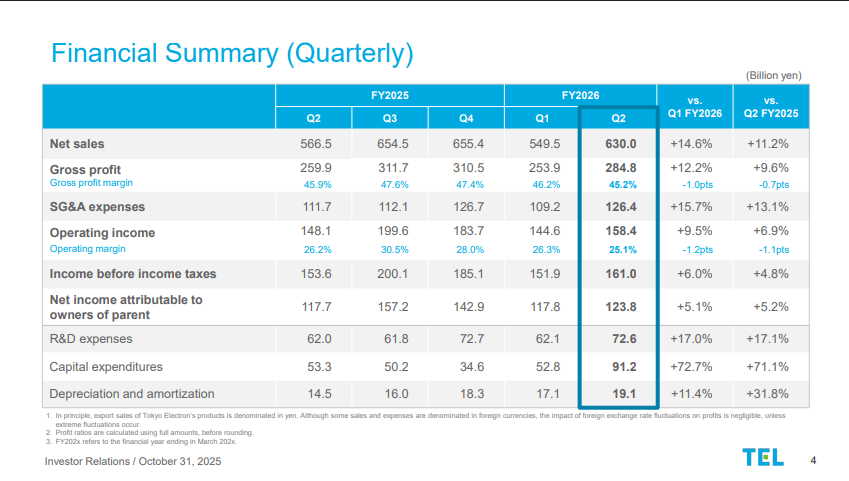
Earlier in the year, on July 31, 2025, TEL had already lowered its operating profit forecast for the year ending March 2026 to ¥570 billion, about an 18 % drop from the prior year and well under earlier projections. Shares of the company have lagged peers in the semiconductor‑equipment sector as a result.
Reasons Behind the Cautious Outlook
TEL’s cautious guidance is rooted in several headwinds. First, demand from logic‑chip manufacturers has softened. Many of these customers, from memory to advanced foundry players, have delayed or reduced capital spending. Second, China, historically a strong growth region for TEL, has shown signs of slowdown in chip‑equipment investment due to economic pressures and regulatory risks.

Third, though AI‑driven demand for servers and memory advanced packaging remains strong, the initial pricing and pace surge has cooled, making growth less explosive than many expected.
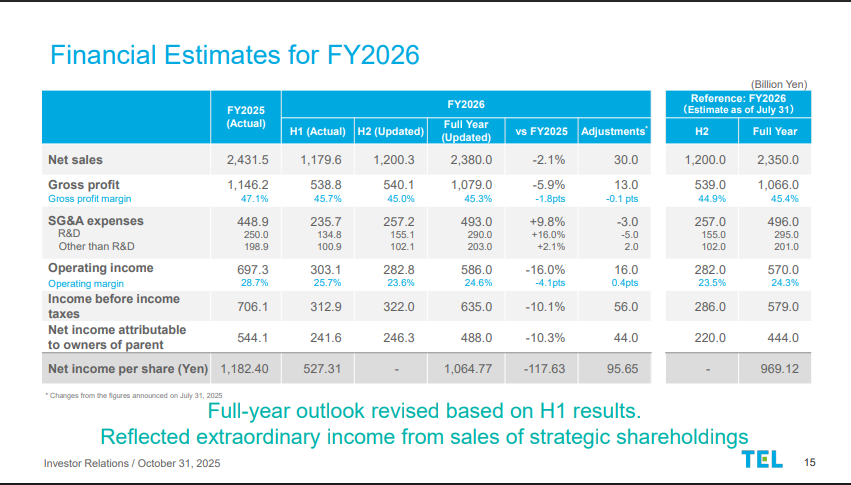
For example, TEL’s own report notes that investments in mature‑generation equipment in China showed signs of slowing during H1 FY2026. Finally, external factors like export controls and supply‑chain volatility are pressuring the outlook. TEL itself flagged “all possible risks, including the potential for heightened U.S. export controls targeting China.”
Industry‑Wide Impact
TEL’s cautious forecast echoes concerns across the broader semiconductor‑equipment industry. Compared to competitors such as ASML Holding or Lam Research Corporation, which are tied more to leading‑edge logic and foundry demand, TEL’s exposure to slower segments (mature logic, China volume) has weighed more heavily.
Still, the long‑term market remains sizable: TEL projects that, driven by generative AI, AR/VR, autonomous driving, and other emerging technologies, the semiconductor market is likely to reach just under US$1 trillion by around 2030.
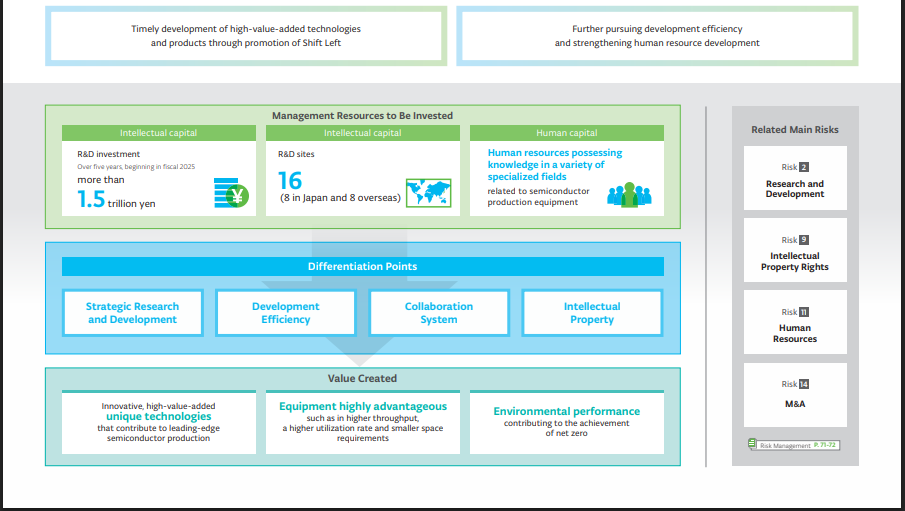
Meanwhile, market research shows that the equipment market itself tests systems, packaging, and logic tools, is expected to grow by 6.7 % in 2025, and that packaging tools may grow even faster. The message: current softness may be a pause, not a collapse.
Analyst and Market Reactions on Tokyo Electron (TEL)
Market watchers have responded to TEL’s guidance with caution. Shares of TEL are up around 17 % year‑to‑date, but analysts warn that this rally may have priced in much of the positive future outlook already. Some firms have adjusted earnings targets downward and flagged that the valuation assumes a strong rebound in spending starting in H2 2026.
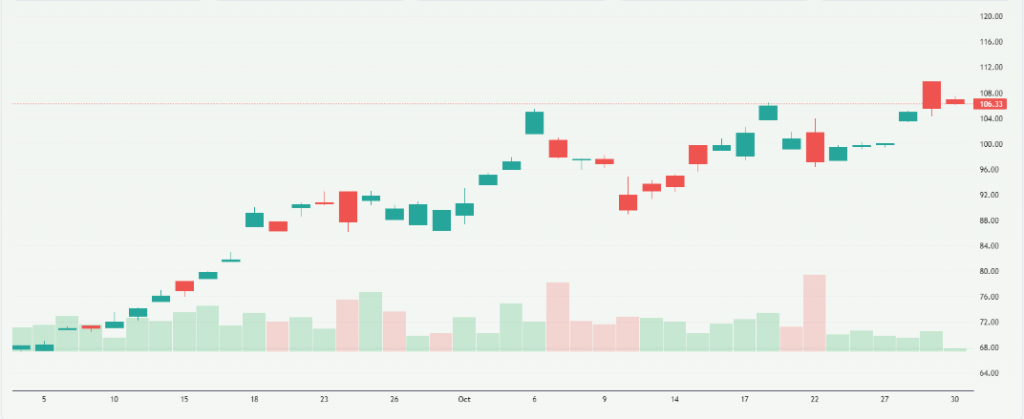
Others point to TEL’s sizable exposure to China and mature nodes as a structural drag. The “AI frenzy” narrative still helps equipment makers, but for TEL, the close tie to older investments reduces its upside for the moment.
Long‑Term Outlook: Beyond the AI Hype
While the short‑term picture is muted, TEL is working to position itself for the next wave. The company is investing in advanced packaging, more complex wafer‑processing tools, and higher‑density memory‑stack equipment, all vital for next‑generation AI servers and other high‑performance computing.
On the policy front, government backing in Japan and interest from other regions (for example, in advanced‑node capacity in India) suggest TEL’s addressable market will expand. For example, the semiconductor‑equipment market for packaging and testing is expected to enjoy double‑digit growth. From this view, the current slowdown seems like a pause until the next major infrastructure build‑out begins.
Wrap Up
TEL’s latest results and outlook signal a more cautious phase for a company that previously rode the wave of rapid AI‑driven investment. The firm is adapting to a market where growth will likely be steadier rather than spectacular. While near‑term numbers disappoint, the long‑term fundamentals remain compelling.
As the tech world moves to advanced AI servers and chip packaging, TEL still has room to grow.
The rise may be slower, but steady progress is likely.
Frequently Asked Questions (FAQs)
On October 31, 2025, Tokyo Electron gave a cautious forecast. The reason is that chip demand is slowing, global spending is weaker, and export limits are hurting equipment sales.
Yes. AI chip demand is still strong but cooling in late 2025 as data centers delay new projects and companies reduce budgets after a year of rapid expansion.
Tokyo Electron plans to invest in advanced chip tools and packaging technology through 2026. It focuses on long-term AI and semiconductor growth despite short-term challenges.
Disclaimer: The content shared by Meyka AI PTY LTD is solely for research and informational purposes. Meyka is not a financial advisory service, and the information provided should not be considered investment or trading advice.
